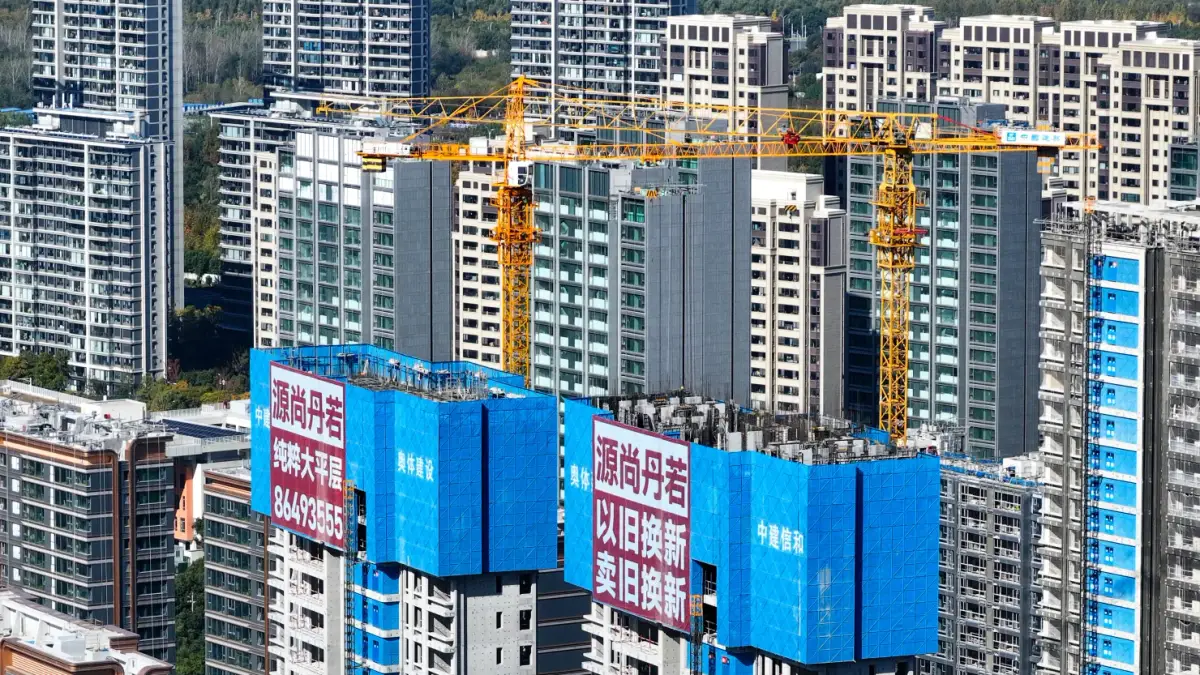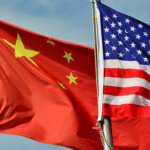China’s recent attempts to reignite economic growth have yet to deliver substantial results, according to data and company earnings reports. Despite targeted measures announced since late September, the recovery of the world’s second-largest economy remains uneven, with real estate and manufacturing showing modest improvements while broader consumption gains lag.
Corporate earnings calls reveal cautious optimism. Meituan, a food delivery and travel services provider, noted a slowing decline in hotel booking values in October compared to previous months. CFO Shaohui Chen acknowledged the need for more time for stimulus policies to take full effect, expressing confidence that these measures would eventually spur consumer spending and benefit their business. Similar sentiments were echoed by e-commerce giant Alibaba and social media operator Tencent, underscoring the delayed impact of government policies.
China’s measured approach to stimulus aims to achieve this year’s official growth target of 5% while prioritizing financial stability and long-term goals such as technological self-sufficiency and national security. According to Gabriel Wildau, managing director at Teneo, future stimulus is likely to be incremental and data-driven, reflecting a strategy of doing “just enough” rather than deploying aggressive, broad-based interventions.
Recent economic indicators suggest some improvement. The Caixin purchasing managers’ index (PMI) for manufacturing rose to 51.5 in November, its highest level since June, signaling expansion. The official PMI also edged up to 50.3, the strongest reading since April. However, labor market pressures persist, with Caixin reporting employment contraction for a third consecutive month. Wang Zhe, senior economist at Caixin Insight Group, emphasized the need for further consolidation, noting the lingering effects of external uncertainties and subdued business confidence in workforce expansion.
Adding to economic challenges, geopolitical tensions remain high. The U.S. announced fresh restrictions on Chinese chipmakers this week, while President-elect Donald Trump pledged to impose 10% tariffs on all Chinese imports starting January. These developments, coupled with weak consumption in key service sectors, complicate Beijing’s efforts to sustain growth.
A recent survey by China Beige Book found that retail spending and home sales improved in November, and corporate borrowing reached its highest level since May 2022. However, the report cautioned that without additional policy support, the momentum may falter. Beijing’s Ministry of Finance has hinted at the possibility of increased fiscal measures next year, with investors closely watching the outcomes of China’s annual economic planning meeting in mid-December.
While the economic downturn shows signs of bottoming out, analysts believe Beijing’s stimulus strategy will continue to prioritize stability over rapid growth, leaving markets anticipating more substantial measures in the coming months.






